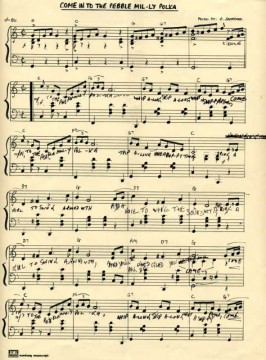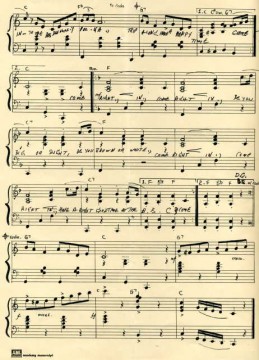By Les Podraza.
The first production I ever worked on was “Moonstone”. It was enormous, taking up the whole floor space of studio “A” at Pebble Mill. I was 19 and wet behind the ears! This brilliant place was to be my new home for over 25 years. Years that can only be described as unforgettable. Or to put it another way, in the words of Walt Disney “If it can be dreamed, it can be done.” I worked on so many productions I’ve lost count. I was so proud to work at Pebble Mill. As we all know, it became the Centre Of Excellence For Drama. And by golly did we churn some programmes out or what!
My parent department was Scenic Servicing, along with attachments to various other departments. I can hardly believe that it’s just a hole in the ground now! I loved being part of Pebble Mill and all it stood for, my job and all that went with it. Such a crying shame that all that talented and professional work force have moved on to pastures new, some of whom I see regularly still, and some have passed away. My thoughts go out to all their families.
To have worked for the BBC at Pebble Mill was distinctly a way of life and not a job as such. Every day was different that’s for sure. One day I would be building a set for Play For Today, the next day I’d be out on location somewhere in the UK. My friends and colleagues were my family. For some people that statement would be hard to understand, but when you spend so much of your time with people you work with, they do become your family. Hours spent working on shows, travelling, sleeping, and then working on shows. It wasn’t routine, and it could get very interesting at times. There were good and bad times but all in all it was a magical place to be involved with. I still possess many letters from producers and production crews alike thanking me for the good work me and my colleagues did on a particular show. These letters were so good for morale. That is probably why so many production crews wanted to work at Pebble Mill and not London. Because of the good will and professionalism they knew they would get from all the various departments that it took to produce brilliant programmes.
One particular event took place once a year. It was called Rum Punch day. All would meet up in the bar first and then move on down to the workshops. Nearly always on or between the 20th and the 23rd December. It was a chance to put up some glitzy sets in the studio workshops. I remember when Howard’s Way had finished. The main set was stored for Rum Punch. When staff from all departments and regions came down to the workshop floor, the place was rocking with a DJ at one end, with loads of overhead lighting on the dance floor, and the longest ever bar in the world at the other, with about 10 scene staff serving 200 to 300 people at once. We always got incredible comments every year. The worst one emotionally, was the last one ever in December 1992. I can remember seeing grown men crying, coming to terms with their redundancy notices for April 1993. It was a very sad time indeed.
There is so much I could say about the place that has made me so very proud to be a part of the best design and production facility in the world! But alas, there is not enough time or space here. But please enjoy my photographic memoirs of various productions I worked on. I’m sure you will find them very interesting. (Les’s photos are posted under the individual programme titles).






